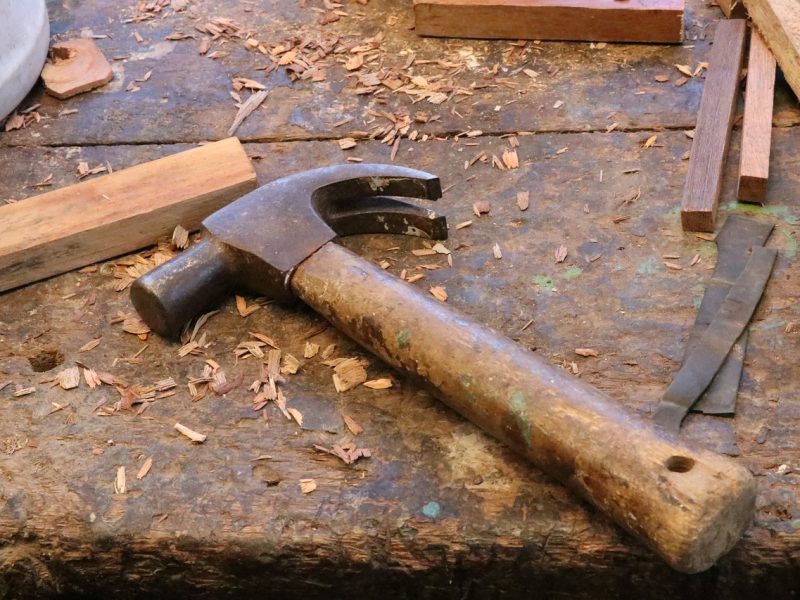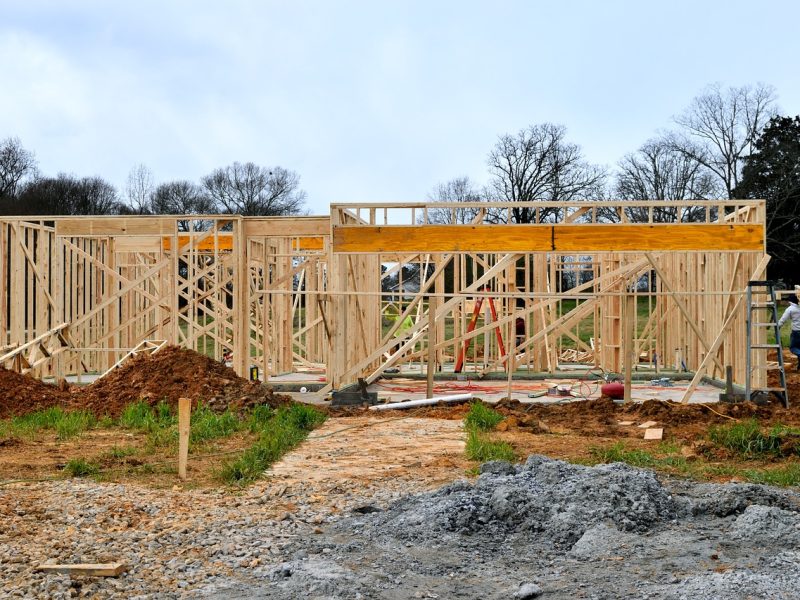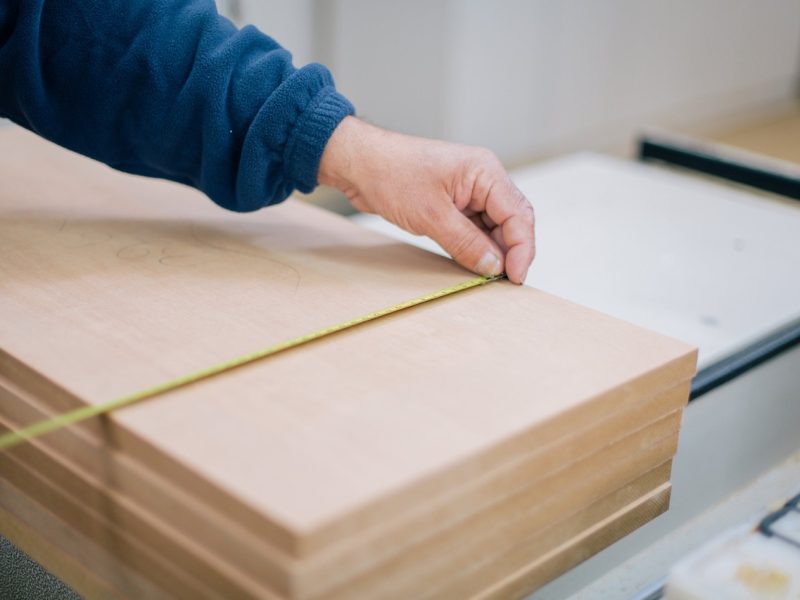Carpentry is an invaluable skill that combines creativity, precision, and hands-on work to produce functional and beautiful structures.
Carpentry allows you to bring ideas to life, creating pieces that are both useful and visually appealing. By mastering techniques in measurement, cutting, joining, and finishing, you can ensure that each project meets high standards of quality and design.
A successful carpenter knows that having the right tools is as important as mastering the techniques. Proper tools not only enhance safety but also improve accuracy and efficiency in carpentry work.
For beginners, basic hand tools are essential for learning foundational techniques. These include hammers, chisels, screwdrivers, hand saws, and measuring tools like tape measures and squares. Get more detail about synstest kristiansand .
For professionals and those taking on more advanced projects, power tools are invaluable. Tools like circular saws, power drills, jigsaws, and sanders streamline tasks, making it easier to complete projects efficiently.
Accurate measurement is the backbone of successful carpentry. Proper layout and measurement techniques prevent costly mistakes, ensure symmetry, and improve the overall quality of a project. For both beginners and professionals, mastering measurement and layout techniques is a critical first step.
A measuring tape and square are essential tools for accurate measurements. Learning how to read a tape measure accurately, down to the smallest fraction, is vital in carpentry. The square helps in marking precise 90-degree angles.
Marking tools like pencils, chalk, and marking knives are useful for making visible, precise lines on wood. Using a marking knife, for example, creates a small groove that guides your saw or chisel, resulting in cleaner cuts. By practicing precise marking and cutting, carpenters can achieve more polished, professional results in their work. Learn more and get information about briller kristiansand .


Cutting is one of the most fundamental skills in carpentry. From simple straight cuts to intricate joinery, knowing how to execute different cuts accurately can greatly enhance your projects. Practicing proper cutting techniques helps prevent mistakes and ensures each piece fits together correctly. Find more about brillerogiris here.
Miter and bevel cuts are more advanced techniques that add a professional finish to projects. Miter cuts create angles on the edges of wood, typically used for frames and molding. Bevel cuts, on the other hand, are angled cuts along the thickness of wood, adding visual interest to edges.
Joinery is a technique that involves connecting wood pieces without relying solely on nails or screws. Mastering joinery skills is essential for creating strong, long-lasting pieces. There are many types of wood joints, each suited to specific purposes and levels of expertise.
Basic wood joints include butt joints, lap joints, and miter joints. A butt joint, where two pieces of wood meet end-to-end, is simple but effective for basic construction. Lap joints, where pieces overlap, provide more stability, while miter joints add aesthetic appeal by creating smooth, angled corners.

Advanced joinery includes mortise and tenon, dovetail, and finger joints, all of which require precision and skill. Mortise and tenon joints, for example, involve fitting a "tenon" on one piece of wood into a "mortise" hole on another, creating a strong bond. Dovetail joints, often used in drawer construction, offer both strength and a decorative finish, showcasing the woodworker’s craftsmanship.
As carpenters gain experience, they can explore advanced techniques that enable them to tackle more complex projects. These techniques require precision, skill, and patience but allow for greater creative freedom and craftsmanship. For more info click here solbriller kristiansand .
